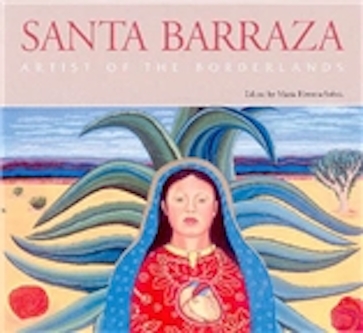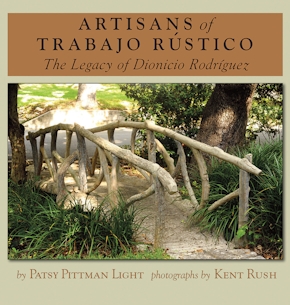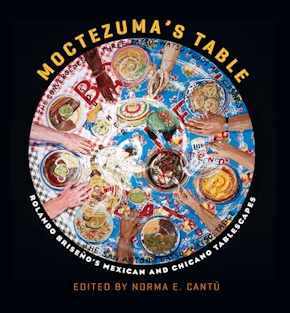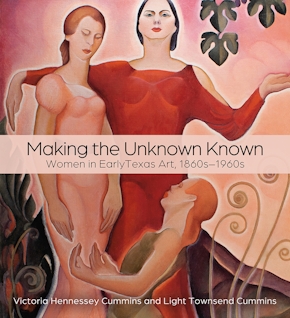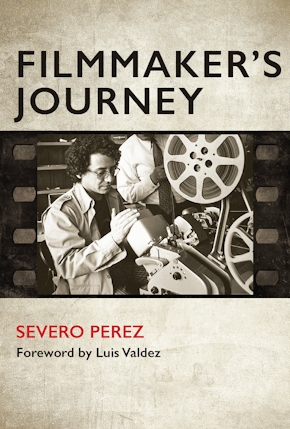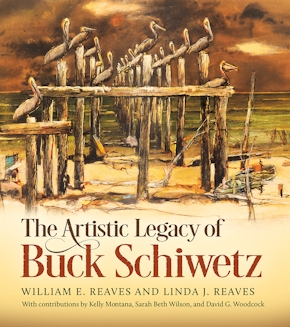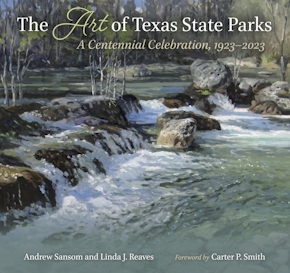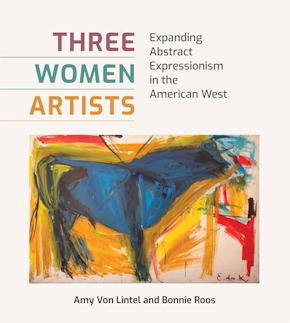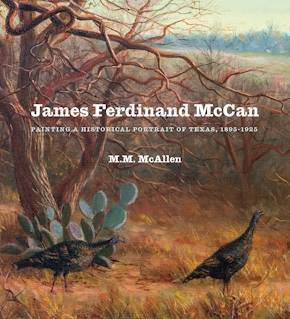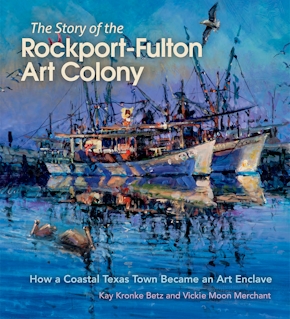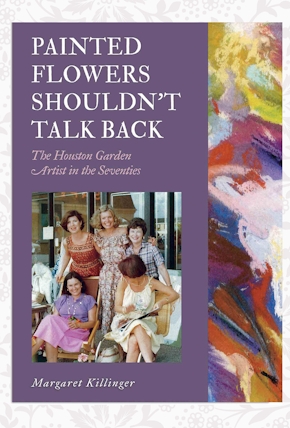Santa Barraza, Artist of the Borderlands
Artist of the Borderlands
978-0-89096-906-9 Cloth
10 x 9 x 0 in
168 pp. 24 b&w photos., 34 color plates.
Pub Date: 04/01/2000
Available
BUY NOW
- Cloth $40.00
Over the last twenty-five years of her career as a visual artist, Barraza has explored what it is to be a Chicana and a mestiza in this country. Utilizing a variety of media, she has embarked on an artistic journey full of family portraits, watercolor dream scenes, mixed media artist books, and murals that harken back to a pre-Columbian past. By tapping into pre-conquest symbols, personal memories, and traditional sacred art forms such as the retablo and the Codices, she incorporates the value of Mexican artistic traditions and their power to nurture and sustain cultural identity on this side of the border.
Barraza’s art, which includes public art in the form of murals and children’s workshops, has increasingly drawn on the colors and forms of Mesoamerica. Most recently, the Aztec Codices offer her a symbolic form to claim her roots and to invoke much of the cosmology of her ancestors. Within the form, however, she adapts by drawing on contemporary figures such as her own mother, or labor leader Ema Tenayucca, or Barraza’s sister with a physical heart (representing a heart transplant she had received) in place of the Virgen de Guadalupe and the Immaculate Heart.
Scholars María Herrera-Sobek, Antonia Castañeda, Shifra M. Goldman, Tomás Ybarra-Frausto, and Dori Grace Udeagbor Lemeh contribute distinctive insights to the analysis of the forces that have shaped Barraza as a Chicana artist and the images and aesthetics that characterize the corpus of her work. Their perspectives also contribute to an understanding of the Chicano/a artists (including Barraza) who began their rise to prominence during the Chicano Movement of the 1960s and 1970s. Moreover, the text invites readers to view the Chicano/a as the “New American artist,” suggesting that the elements of Barraza’s painting are important not only to Chicanos/as, but to all Americans in our increasingly bicultural and even mestizo society.
Rio Grande/Río Bravo: Borderlands Culture and Traditions
About the Author
Reviews
Published by Texas A&M University Press
